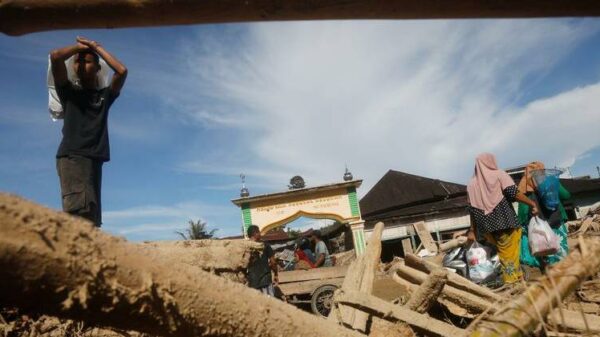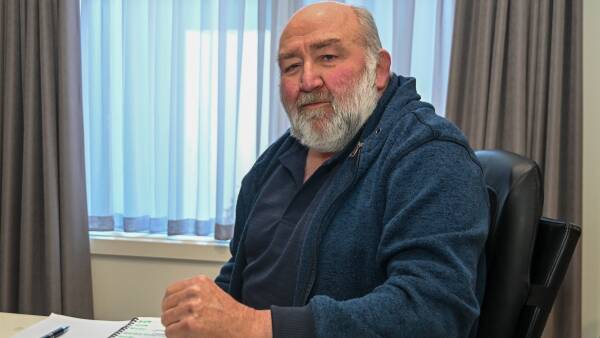UPDATE: A shocking incident has raised alarms over diabetic foot injuries in Australia after Peter Hull, a resident of Bendigo, experienced severe burns on the bottoms of his feet while taking out the trash. The incident occurred last summer but underscores an urgent health issue that affects thousands of Australians.
While Hull spent barely five minutes barefoot on concrete during a scorching 40-degree day, he returned home with burns that required medical attention. Astonishingly, he did not notice his injuries for hours until his wife pointed them out. Hull’s case highlights a critical gap in awareness surrounding diabetes-related foot injuries, with over 47,000 Australians hospitalized annually.
“It was my wife who said, ‘ooh, what have you done?’” Hull recounted. This incident is not an isolated case; every year, more than 6,300 amputations and 2,500 deaths are attributed to complications from diabetes, particularly affecting the feet.
Dr. Byron Perrin, an academic at La Trobe University, has called for immediate action, labeling this issue as “one of Australia’s most urgent and overlooked health issues.” He emphasizes the loss of sensation in diabetic patients as a significant complication, leading to preventable injuries.
Research conducted for Diabetes Feet Australia indicates that a national strategy could dramatically reduce amputations and hospitalizations. Dr. Perrin suggests that simple interventions, such as regular foot screenings and properly fitted footwear, could save lives. A comprehensive strategy would require $30 million annually for research and reforms but could yield an impressive $940 million in savings, along with 20,000 fewer hospital admissions and 2,800 less amputations.
Hull considers himself fortunate; his wounds healed without leading to gangrene or amputation. “I know people who’ve had quite severe amputations, loss of limbs, things like that,” he said, reflecting on the severity of diabetic complications. He often engages with individuals facing similar challenges while shopping, forging a sense of community and support.
Since his incident, Hull has adopted a new rule: “I have to be ultra careful now. Everywhere I go, I’ve got to wear my shoes.” His experience serves as a stark reminder for others to be vigilant, especially during extreme weather conditions.
This alarming situation calls for heightened awareness and immediate action to prevent further tragedies. As more Australians face similar risks, the need for effective health strategies has never been more pressing. The data is clear, and the time to act is now.
Stay tuned for updates on this developing story as health officials and researchers push for necessary reforms to protect vulnerable populations across the nation.































































